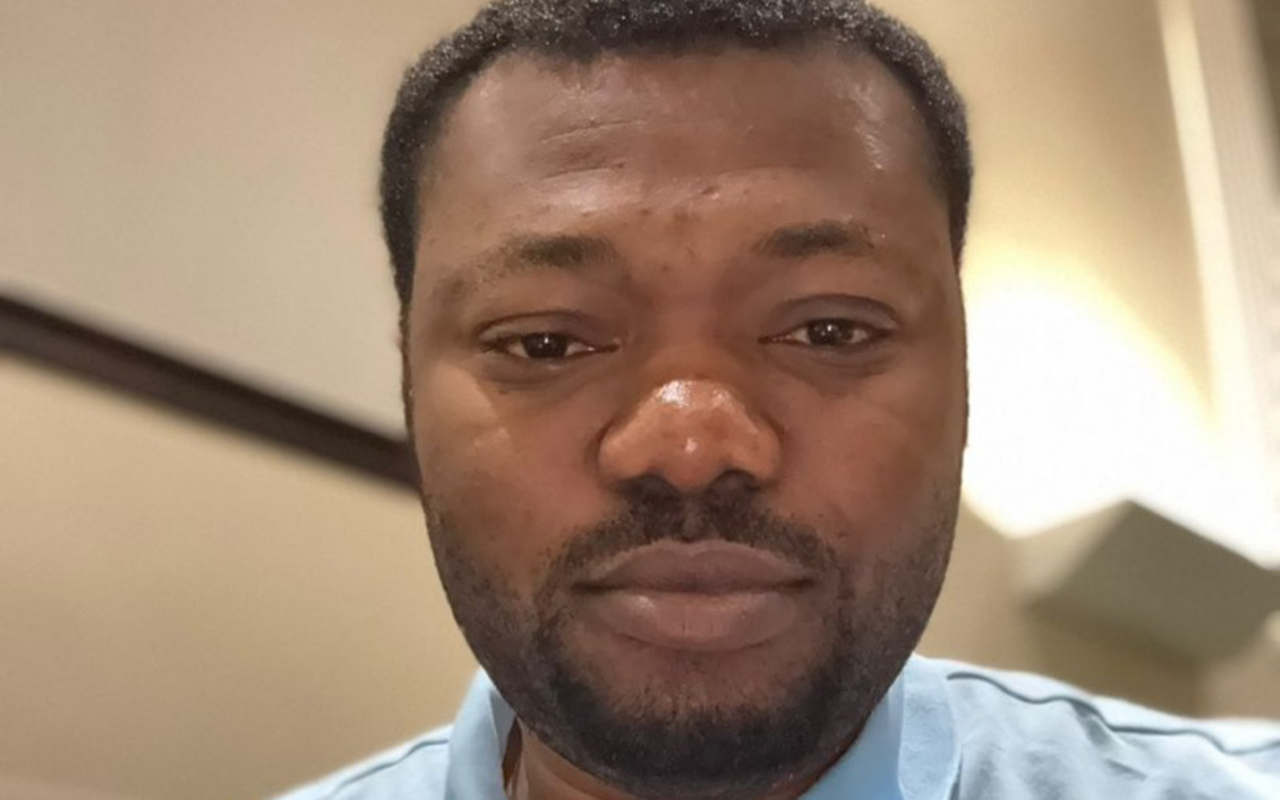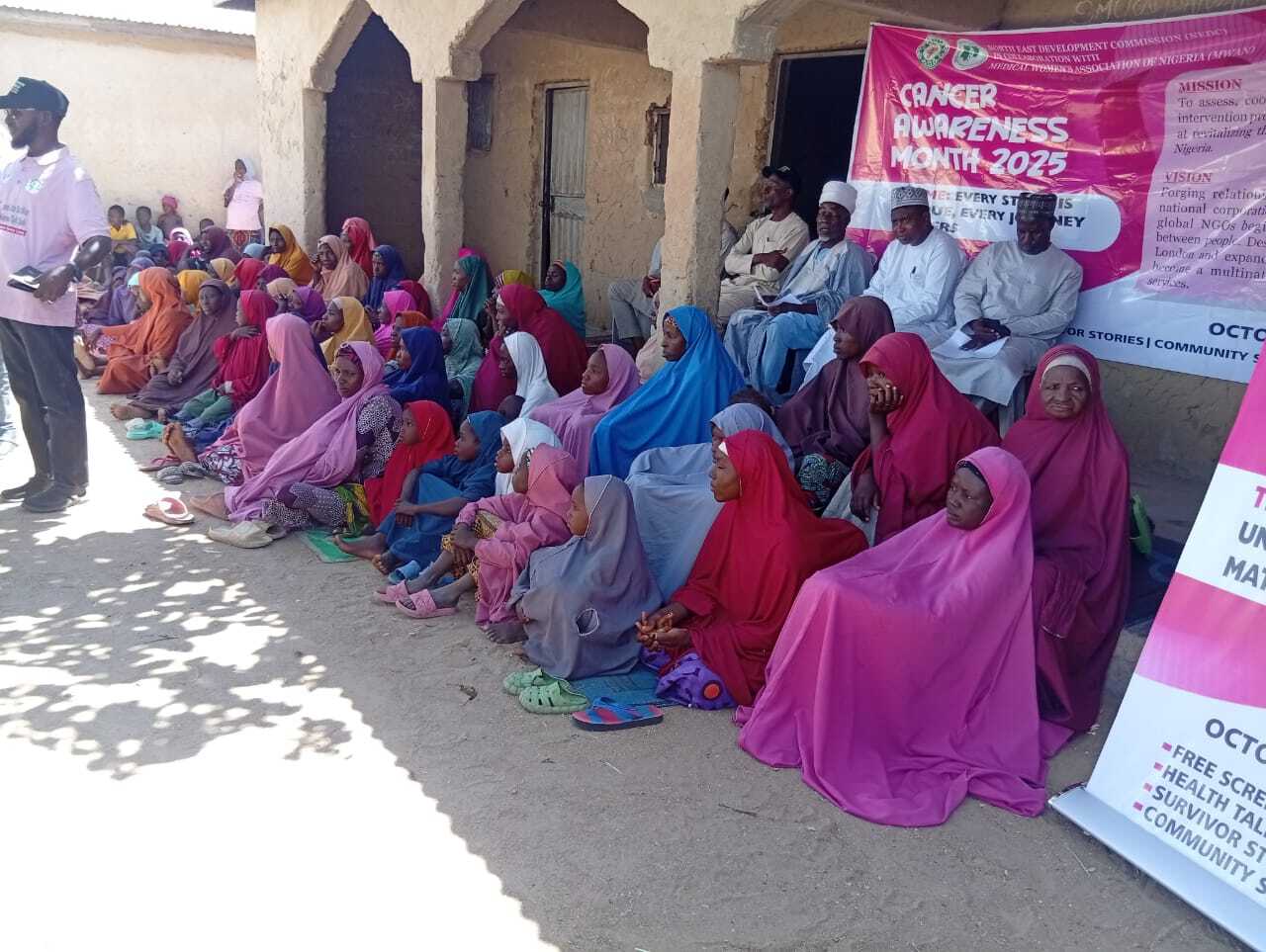Many of today’s most pressing scientific and engineering challenges, from modeling the future effects of climate change to simulating financial systems under stress, depend on the accurate solution of ordinary differential equations (ODEs). These equations govern the dynamics of countless real-world processes, from airflow over aircraft wings to fluctuations in the stock market. Yet, traditional numerical methods often fall short in preserving the long-term equilibrium behavior of such systems, leading to solutions that diverge or become unstable over time. This is particularly alarming in disciplines like aerospace, robotics, climate science, and epidemiology, where even minor numerical inaccuracies can result in disastrous decisions or failures in predictive modeling. As systems grow more complex and simulations become more integral to policy, engineering, and medicine, the demand for robust methods that maintain true asymptotic behavior across extended time horizons has never been greater. Addressing this need requires not just incremental improvements, but a paradigm shift, one that Olatunji, Peter Oluwafemi’s groundbreaking research delivers.
Olatunji, Peter Oluwafemi is an internationally respected scholar in numerical analysis and computational mathematics, whose contributions have significantly advanced the frontier of numerical simulation. With a focus on developing high-order, structure-preserving algorithms, he has emerged as a pioneer in the study and implementation of Strongly Regular General Linear Methods (SRGLMs). These methods extend traditional general linear methods by incorporating properties that ensure the preservation of equilibrium states, essential for systems whose long-term behavior defines their reliability. Unlike legacy solvers, which may introduce spurious fixed points or distort stability properties under stiff conditions, Olatunji’s SRGLMs are meticulously designed to avoid such pitfalls. His research rigorously addresses both the theoretical underpinnings and computational challenges of these methods, offering solutions that outperform standard tools like MATLAB’s ode15s and ode23tb. His work is particularly vital in solving stiff differential equations, common in electrical circuits, control systems, and chemical reaction networks, where conventional approaches often fail or require impractically small time steps.
The practical significance of Olatunji’s work resonates far beyond academia. In aerospace engineering, for instance, maintaining trajectory accuracy over long periods is essential for space mission success. His methods provide the kind of long-term integration accuracy that ensures orbital paths remain physically meaningful and computationally reliable. In public health, SRGLMs allow for more accurate projections in epidemiological models, which are sensitive to the correct identification of equilibrium disease states. In the financial sector, where risk models often depend on long-term simulations, these methods enhance stability and reduce model error, which can translate into more resilient investment strategies. Climate modelers also benefit from Olatunji’s innovations, using SRGLMs to simulate slow-changing systems like ocean currents or atmospheric dynamics with greater confidence. The ability of his methods to handle stiffness with high-order precision is especially beneficial in industrial settings involving chemical kinetics, where reaction rates vary by orders of magnitude and numerical instability is a common challenge.
What sets Olatunji’s research apart is its remarkable synergy between theoretical depth and practical usability. Achieving A-stability for numerical methods up to sixth order is a significant accomplishment, as it allows for both high precision and long-term numerical reliability, a combination that is often hard to balance. This leap in methodological advancement has important implications: it not only gives scientists and engineers more powerful tools for exploring dynamic systems, but also improves the safety, efficiency, and cost-effectiveness of simulations in real-world applications. In fields such as automotive design, accurate vibration simulations using SRGLMs can inform better structural engineering decisions, reducing wear and improving durability. By eliminating the trade-off between computational expense and solution stability, Olatunji’s methods enable simulations that are both fast and faithful to the underlying physics. This positions his work at the core of next-generation scientific computing and engineering design.
Olatunji, Peter Oluwafemi’s contributions exemplify the transformative impact that deep mathematical insight can have on global technology and scientific progress. His development of strongly regular general linear methods does more than solve equations, it ensures that the simulated outcomes faithfully reflect the behavior of the real systems they are meant to model. This fidelity is essential as humanity increasingly relies on computational tools to explore, predict, and manage complex environments. Whether in managing pandemic responses, designing interplanetary spacecraft, or forecasting environmental shifts, his methods are poised to play a foundational role in ensuring that simulations guide us with precision and trust. As computational modeling continues to expand in scope and importance, Olatunji’s work stands as a cornerstone for future innovation and discovery.






